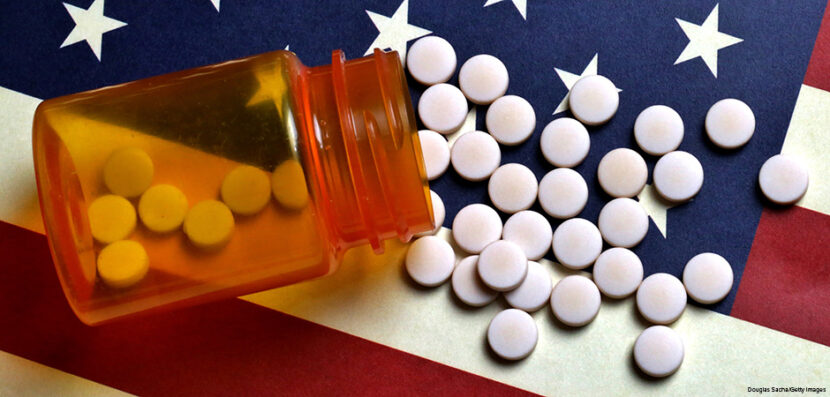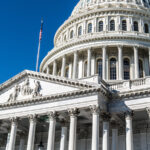
Medicaid Crisis in the Territories
Have you heard the terms “Medicare for all” and “single-payer insurance”? That’s because one of the most hotly-debated topics in the United States right now is how to fund health care. But while American politicians and candidates continue to argue about this very complicated problem, another group of our citizens suffers: the three million inhabitants of the five U.S. territories who are facing their own significant health care crisis.
What’s Going On?
The U.S. provides federal health care money to its territories–Guam, Puerto Rico, American Samoa, the Northern Mariana Islands, and the U.S. Virgin Islands. But that money is very limited, and now it’s about to run out. Without it, the territories will have to drastically reduce the publicly-funded health care available to their populations. These slashes could include everything from closing hospitals, to removing seriously ill Medicaid patients from vital, life-saving treatments. This situation is commonly referred to as the “Medicaid cliff.”
Why is this Happening?
The federal government doesn’t fund Medicaid for the territories the same way it does for the fifty states. Here, the federal government calculates how much to contribute based on a formula centered around the state’s per capita income. This means that poorer states receive more federal dollars for health care than the wealthier ones. In the territories, however, a fixed percentage is used, even though these areas are (compared to the fifty states) all low-income. And that percentage isn’t nearly high enough. Furthermore, the total dollar amount contributed to the territories is capped. But in the states, it’s not. What this all amounts to is that the territories have never received near the level of federal health care funding received by the states.
Why the crisis now? It’s happening for a few reasons. For the past several years, the territories have received much more funding than their usual allotment. First, in 2011, the Affordable Health Care Act created a one-time payment of $7.3 billion to Medicaid programs in the territories. Then, in the wake of two Category 5 hurricanes in 2017, the federal government provided an additional $4.9 billion to health care in the territories.
But all of that money is about to run out. And with no additional funding sources to replace it, the “Medicaid cliff” means that healthcare spending in the territories must be dialed back in a major way, and millions of U.S. citizens there will no longer receive the medicines or procedures they need. All in all, it’s estimated that if something isn’t done right away, in 2020, Medicaid in the territories will come up more than $1 billion short.
What Can Be Done?
The territories are currently lobbying Congress for more funding. In the past, Congress has approved several short-term grants to keep things going, but no permanent funding solutions have even made it as far as the floor of the House for a full vote. Some legislators are reluctant to approve more funding because they are worried that the dollars will be misused (though Medicaid fraud has certainly occurred in the states as well, with no penalization of federal funding). Others are angry that the ACA helped create the “Medicaid cliff” in the first place. But representatives from the territories argue that it doesn’t matter as much what caused the problem; what matters is how many Americans will die if nothing is done to resolve it.


